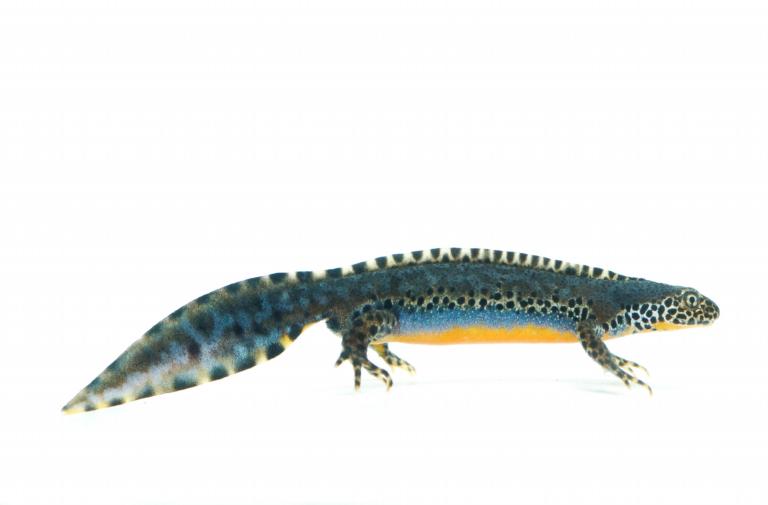
In species radiations it is often not clear how many species are included, because ‘cryptic species’ are involved. Cryptic species behave as distinct species, but have gone unnoticed due to their morphological similarity.
Deciphering the phylogenetic relationships of species radiations is challenging, because they typically took place far back in time and over a short time span. Under such conditions, there has been little opportunity for informative mutations to become fixed, while a lot of phylogenetic noise has accumulated since.
Objectives and goals
Genome-scale datasets can be used to crack cases of ancient speciation bursts. You will diagnose overlooked species and determine the phylogenetic relationships among them. The study system is newts.
MaterialsTasks and approach
Samples from different populations and multiple species from across the geographical range are available. After DNA extraction, you will sequence over 6,000 nuclear DNA markers using target enrichment by sequence capture (or ‘hybseq’). Lab work entails the extraction of DNA, library preparation, and capture. Next-generation sequencing will be done commercially. Bioinformatics is required to prepare the data for analysis. Phylogenetic inference involves data concatenation, gene tree summary and the multi-species coalescent.
Requirements for this project
Successfully completed the Evolutionary Biology 2 course (or equivalent). Only MSc students studying Biology at Leiden University can apply for this project.